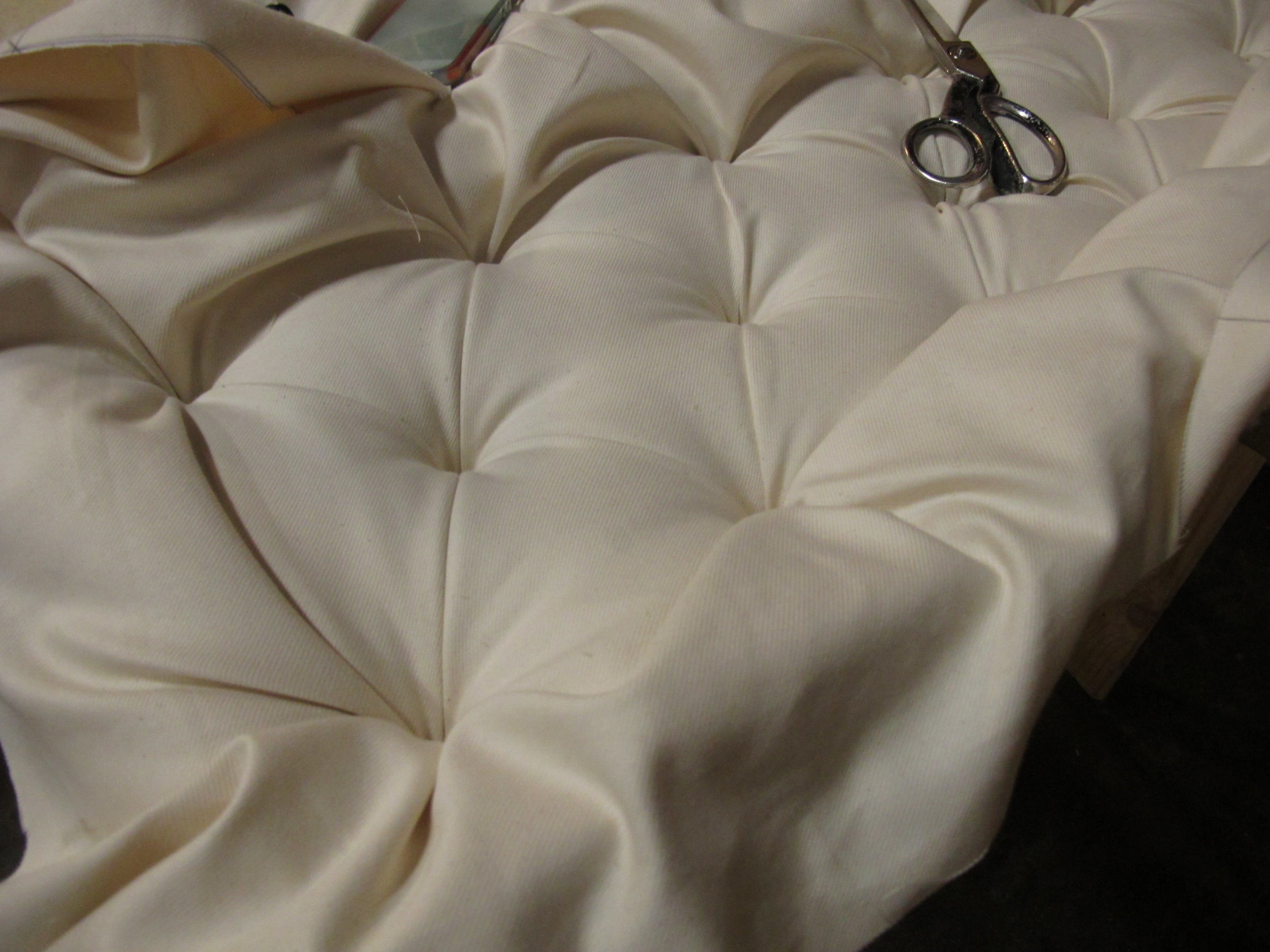The EcoBalanza story: The journey to building the world's most luxurious ethical sofas
/“It started out as an experiment, a question,” says Robinson, “Once I decided I wanted to make clean, sustainable furniture, I wanted to prove that women could succeed in manufacturing, and that when they did, work places were healthier, and more supportive. And I wanted to create a company and a process that brought back dignity to a group of forgotten craftsmen-- it’s always been a goal to preserve these techniques, which risk being lost.”
Read More





